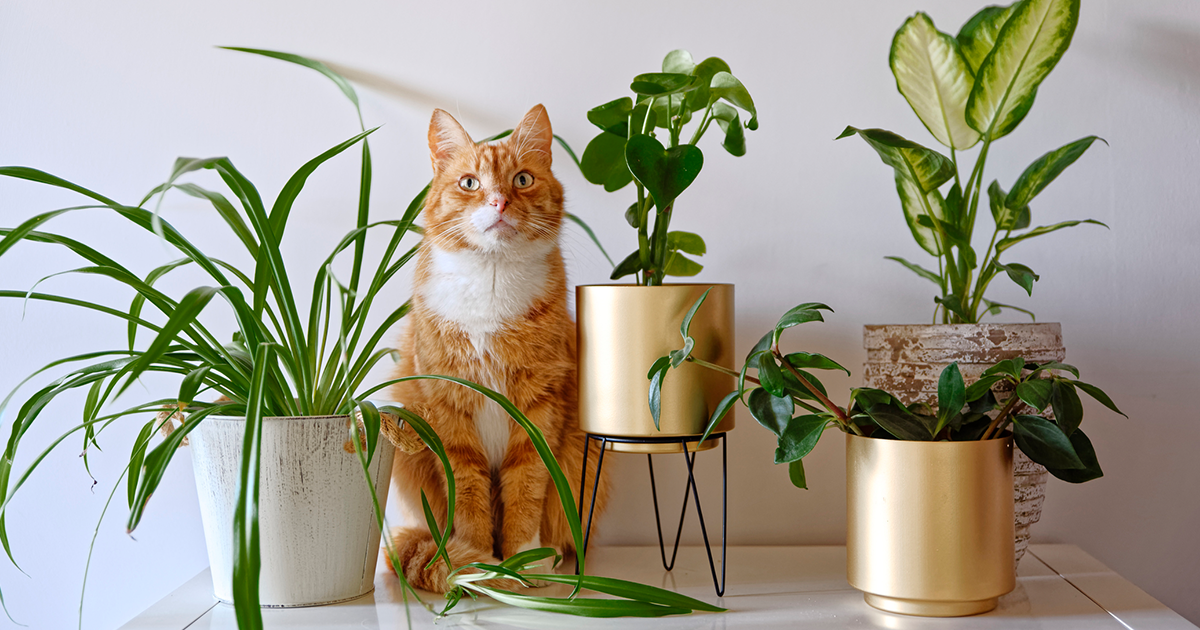Are you at home? Take a look around. How do your living quarters make you feel? Like really, feel. Be honest.
If negative feelings arise, that’s okay. “Our home can have a huge impact on the way we feel,” says therapist Sarah Dolling, LPC. “If yours is making you feel stressed or anxious, don’t take it personally. That feeling is just a clue that something about your space isn’t working for you.”
Making changes to your living space may not be easy. You might currently be in a place that’s less than ideal or has features, like a noisy railroad, that are out of your control. But it can help to take some action, however small.
“Many of us are surrounded by stressors and distractions all day,” says Dolling. “Being able to exist within, or come home to, a calm environment can help us recover and refocus.”
Below, 6 tips that can help you zero in on what you can control.
6 ways to create a calm oasis
You don’t need to buy new furniture, hire an interior decorator, or move to beach-front property to start feeling better. Below, small, realistic steps you can take now to create a space that feels soothing and restorative to you.
1. Define what calm is for you
There’s no one-size-fits-all formula here. Everyone’s idea of a soothing environment is different. Maybe you feel most relaxed in modern, minimal spaces. Or maybe you prefer being surrounded by photos and objects that remind you of people and things you love. Think about what types of spaces feel best to you. Creating a vision board may help. You can use an online tool or get crafty with scissors and magazines.

Achieve your mental wellness goals
AbleTo programs give you 24/7 access to tools, activities, and content tailored to your needs. Sign up or log in to start exploring.

2. Declutter your space
Constantly looking at piles of unopened mail or heaps of clothes that we “might wear someday” can cause stress, especially for women. If doing a full “spring clean” of your entire home isn’t realistic, start with a more manageable project. Can you clean off the nightstand by your bed? Or purge one room of items you no longer need?
I’ve found it helpful to keep a bag by the entryway of my home. My daughter and I fill it with items that we no longer want or need over the span of a month. Then we walk them to a local donation center. Clearing out the clutter helps us to breathe a little easier at home. And passing on items to others feels good, too.
3. Set up a designated relaxation area
Is there a small nook or chair that you can use for stretching, reflection, meditation, making art, or cozying up with a feel-good book? It doesn’t need to be anything fancy. It’s simply a safe space for you to return to when you need some downtime. I have a small floor cushion next to my bed that has become my go-to spot for a few minutes of journaling and meditation each morning.
4. Create technology boundaries
We’re not here to tell you to banish technology from your home. Our relationships and responsibilities often require us to be on our phones or other devices. But it can help to be more mindful of how and when we use them.
One shift you can make is designating a certain area of the home or a specific time to be screen-free. Maybe it’s the dinner table. Or your bedroom before going to sleep. Creating screen boundaries can lead to healthier routines and allow you to feel more relaxed.
5. Bring nature in
Doing things like pulling up the blinds to let sunshine in or adding plants to your space can have a huge impact on how you feel. There’s evidence that exposure to sunshine — via the eyes and possibly the skin — can cue your brain to produce the feel-good chemical messenger serotonin.
A 2019 review of 50 studies also found that spending time around indoor plants can help boost positive emotions — like happiness, relaxation, and calmness — and reduce negative emotions, like anxiety and anger. Even fake plants and photographs of plants can make a difference, though to a lesser extent.
For the best results, researchers recommend spending at least 20 minutes within about 10 feet of a couple of flowers or plants. Study participants felt green and yellow-green plants enhanced their feelings of comfort and calm. But you should feel free to choose any color plant that makes you feel good.
6. Use relaxing sounds and scents
Catering to our senses is a powerful way to transform our homes. Whether you prefer ambient sounds like ocean waves or a feel-good playlist, filling a room with sounds you love can both relax and energize you. Tapping into scents you like, from a vanilla candle to lavender essential oils, may also help bring up happy memories so you feel more at ease.
Start small
If this list feels overwhelming, start with one small thing. It’s all about doing something that feels good to you, in your space. No matter what you choose, you’ll be taking an important step toward creating a peaceful home that can help you start and end your day with a greater sense of calm and ease.
Need help putting these tips into practice?
You may be eligible for virtual therapy, coaching, or on-demand self care from AbleTo. Each program is designed by clinicians and grounded in science. Sign up today and get the support you deserve.
By Katie Nave
Katie Nave is a writer and mental health advocate living in Brooklyn, New York. Her work has been featured in publications including Newsweek, Glamour, Business Insider, and Motherly. She has served as a producer for the National Women’s March and worked with organizations like Girls Inc. and CancerCare.
Clinically reviewed by Hayley Quinn, PsyD.
Photo by Damian Lugowski/iStock.
The information featured on this site is general in nature. The site provides health information designed to complement your personal health management. It does not provide medical advice or health services and is not meant to replace professional advice or imply coverage of specific clinical services or products. The inclusion of links to other websites does not imply any endorsement of the material on such websites.


